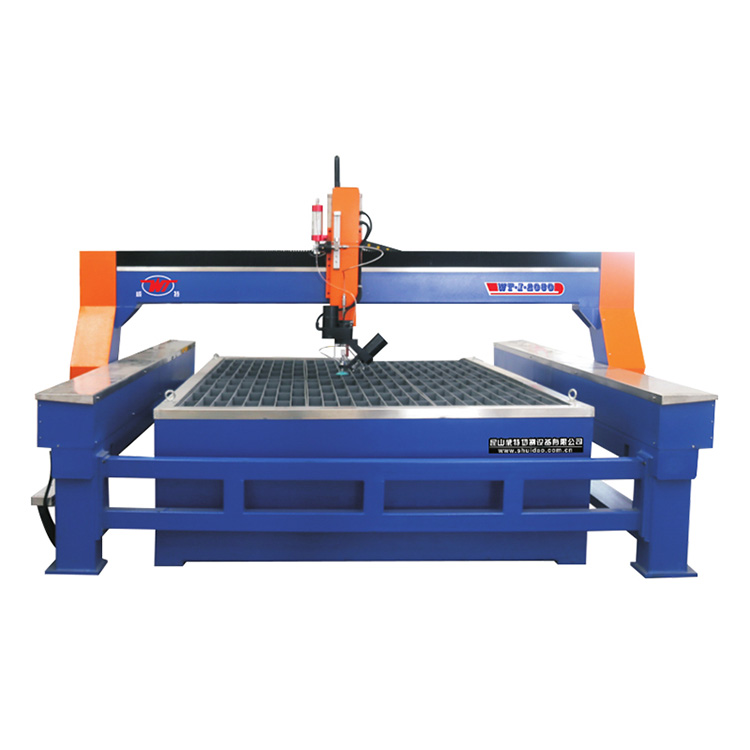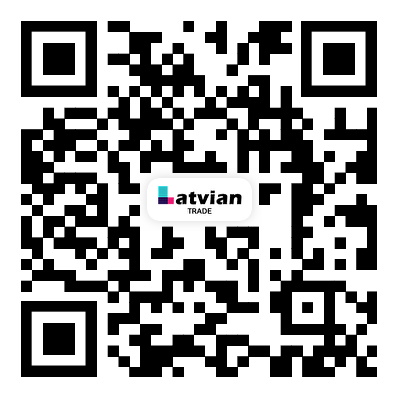Description of Three-axis Waterjet Cutting Machine
2023-10-16
A three-axis waterjet cutting machine is a precision cutting tool used in various industries to cut through a wide range of materials, including metal, stone, glass, composites, and more. It utilizes the power of high-pressure water mixed with abrasive particles to create a concentrated cutting stream that can accurately slice through materials.
The "three-axis" in the name refers to the machine's ability to move in three directions: X, Y, and Z axes. This movement allows the waterjet cutting head to navigate and cut through materials in a three-dimensional manner, enabling complex shapes and intricate designs to be achieved.
Here's a breakdown of the three axes in a waterjet cutting machine:
1. X-Axis: The X-axis represents the horizontal movement of the cutting head along the length of the machine. It moves the cutting head from left to right or vice versa, covering the entire cutting area.
2. Y-Axis: The Y-axis represents the vertical movement of the cutting head along the width of the machine. It moves the cutting head forward and backward, allowing it to traverse the material being cut.
3. Z-Axis: The Z-axis represents the vertical movement of the cutting head above the material. It controls the distance between the cutting head and the workpiece, allowing for precise control of the cutting depth.
By combining the movements of these three axes, the waterjet cutting machine can follow intricate cutting paths and create complex shapes with high precision. The machine is usually controlled by computer numerical control (CNC) software, which allows for accurate and automated cutting based on digital designs.
Waterjet cutting offers several advantages, including minimal material waste, no heat-affected zones, and the ability to cut a wide range of materials with high precision. It is commonly used in industries such as aerospace, automotive, architecture, manufacturing, and more, where precision cutting is essential.



